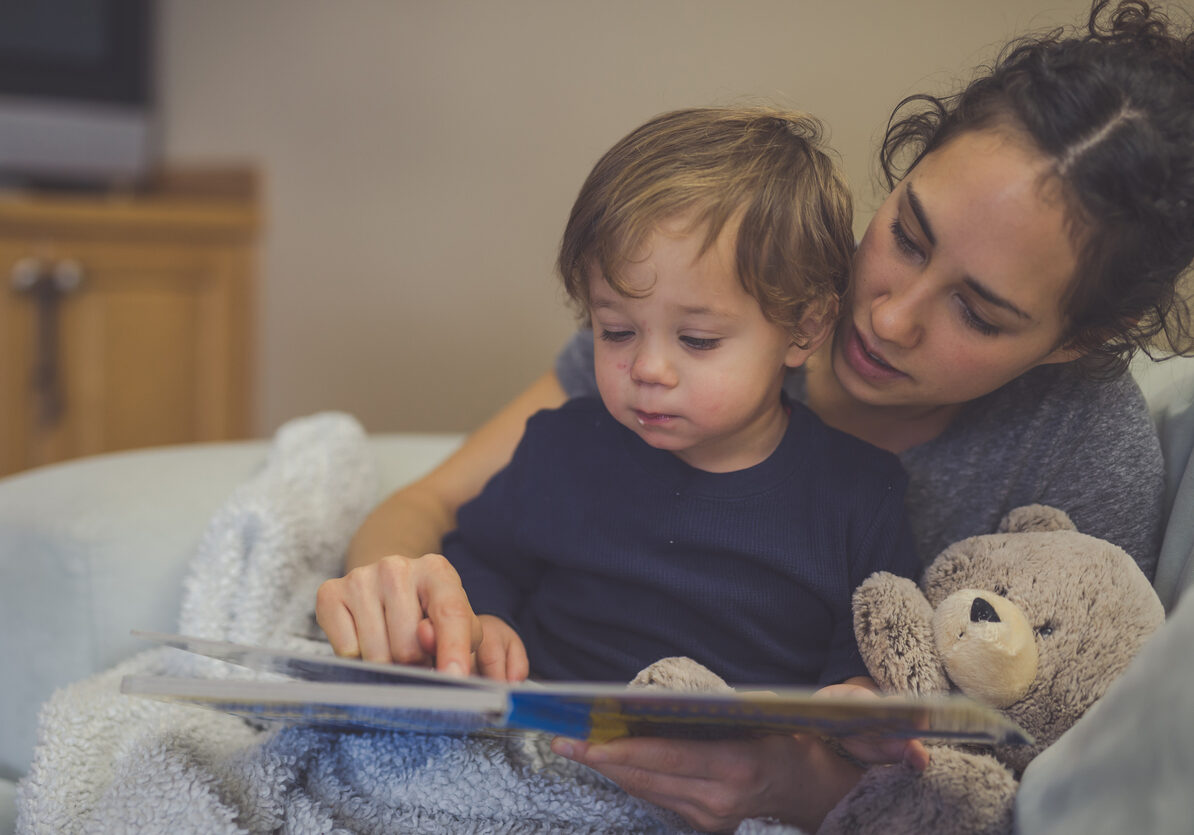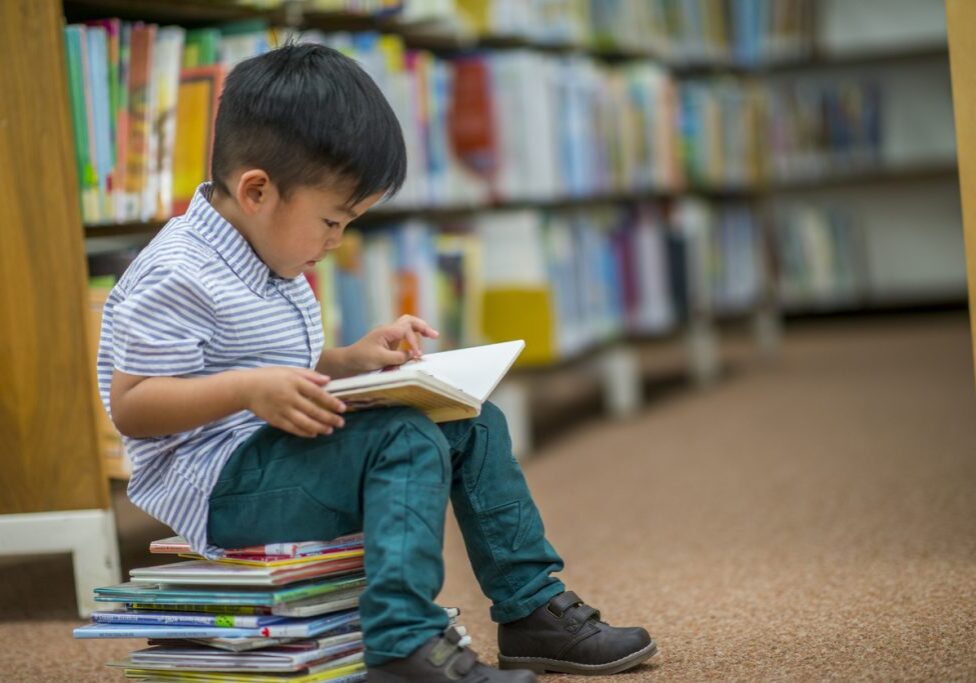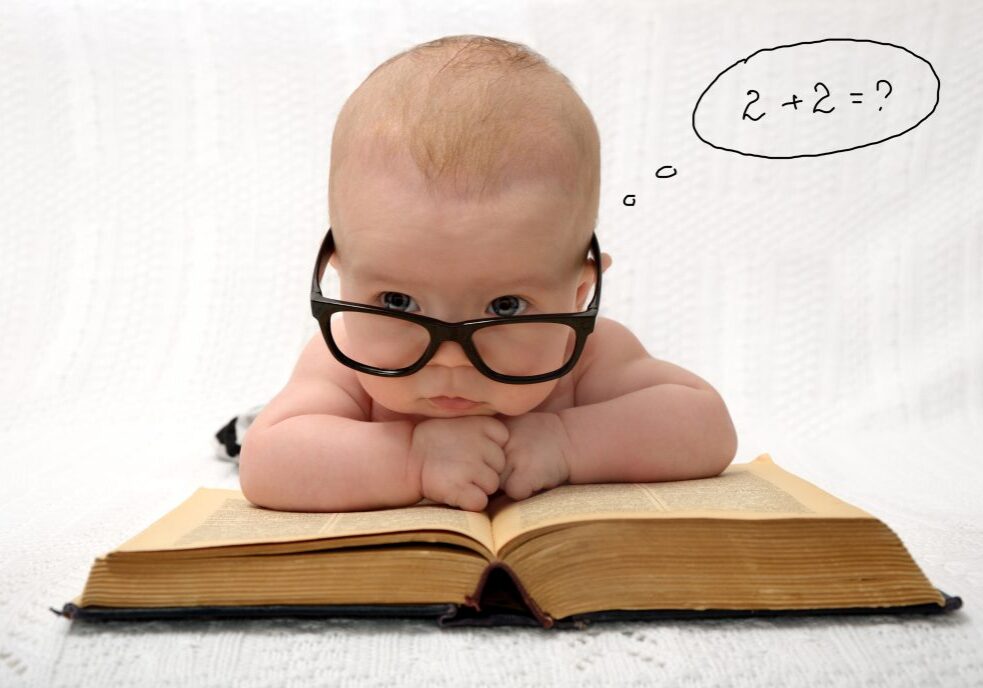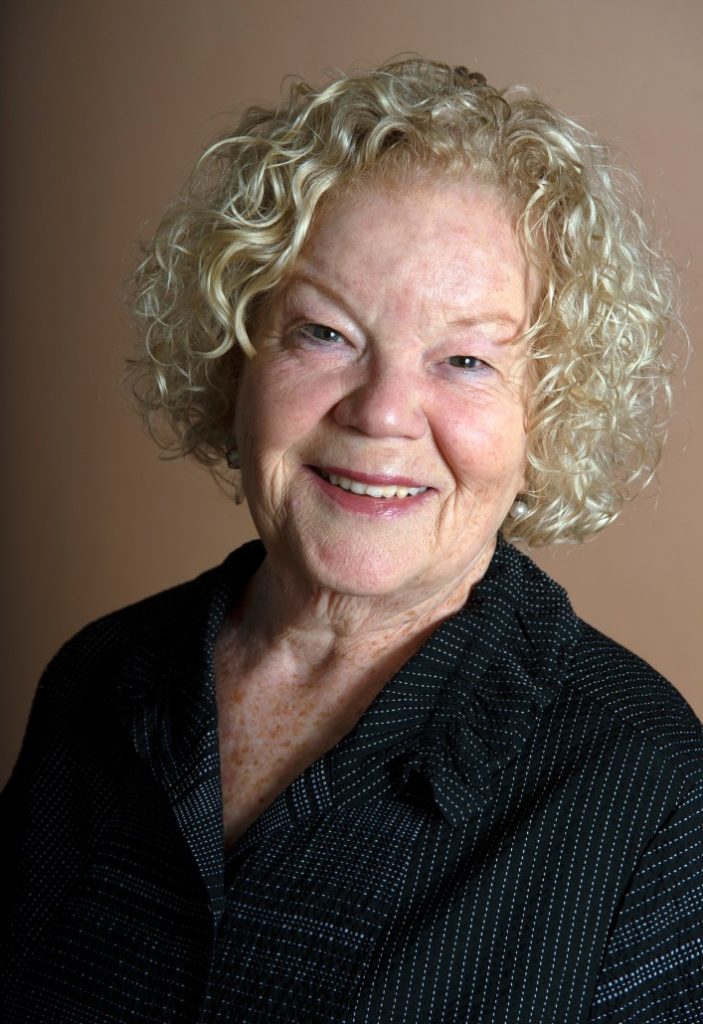The Importance of Compounding Learning
At birth, all children are already intelligent, in fact, ready-made for learning. Infants immediately start using their emerging capabilities which compound dramatically, especially during the first five years of their experience.
First, your babies will respond to your voice, your touch, and your face. They hear the differences in your speaking, reading, and singing voices; they hear the various inflections and intonations; they see your facial expressions. And they respond by making demands, attempting various physical movements and expressions in their interactions with you. They show emotions, likes, and dislikes, and they are attentively watching and listening to you. Always. This early focus, when it includes not only talking, and singing, but also reading aloud, will continue to serve your child well.

What You Will Learn
In the Book Tips, I cover everything from what types of books to use with brand new babies to some of the many specific quality fiction and nonfiction books that introduce topics that will naturally lead to practical activities to grow your child’s vocabulary acquisition, background knowledge, and increase your child’s literacy and numeracy capabilities. As well as expanding your expectations of what your child can do.

The Latest in Brain Research... and More
In my Blog, you will find discussions of many timely issues, from what you can learn from brain research to how to manage screen time, from the benefits of doing chores to how vital trees are to the environment. All good talking points with a child.
Both the Blog and Tips postings are filled with book suggestions that will enable you to focus on themes. I give you specific examples of ways to spend the precious time you have with your young children. All learning is cumulative starting from Day One.
Step-by-step
These book-based activities will help your children understand the world around them, develop vocabulary, and be thoughtful and successful participants in learning communities.


Engaging Curiosity
When the adults surrounding children interact with them in meaningful ways, this can turn everyday moments into enjoyable language and play experiences and stimulate the growth of their children’s innate curiosity and early learning capabilities. I find children are too often underestimated and underserved. Children are waiting for your attention.


Always Surprising
Here is an example of what can happen when a child is routinely been read aloud to with high-quality books and experienced purposeful talk with a parent.
A three-year-old and I were out for a walk when he suddenly turned and looking up to me said, “We need to turn back.” I asked, “Why?” He simply stated, “There is a storm brewing. The sky is dark. The wind is picking up.” I had to think for a minute, ‘How did he come up with that particular vocabulary which perfectly described our situation?’ Then I remembered I had recently read a children’s book to him about Vivaldi’s Four Seasons.
In our discussion, I hadn’t drilled him on any specific words. I had read it aloud to him twice because he had asked me to. Clearly, a stormy page had resonated with him and he was able to apply it now to the weather on our walk. His use of this vocabulary was a natural outcome. I was delighted. Children are always listening!
Explore and use the resources here for you and your child. Enjoy!

Magic Happens when Reading is Fun
- They will learn Book Conventions and Story Telling from your reading aloud with high-quality children’s books that use strong storylines, artwork, characters, a variety of vocabulary, and from expanding to the ‘next books’ to read that are of interest, or a new topic, and then extending them into fun activities.
- They will be introduced to a variety of topics that offer useful information, and encourage talking and further exploration – diversity, geography, cultures, biographies, history, inventions, art forms, math and science, traditions, even comparative literature with books written for children five and younger. Books encourage and enable you to make these connections.
- Then through meaningful talk, using new and interesting vocabulary in the context of a child’s day and activities, you will be helping your child grow receptive and active vocabulary.
- And as a follow-up, they will continue to grow through structured as well as free play, e.g., finger play and singing songs with babies, reciting rhymes with matching animals, going on a listening walk, running, raking and playing in leaves, going on a hike in the woods and looking for birds, etc. The books will drive many sensory experiences.
Children depend on parents – and other caregivers including grandparents – to provide these thoughtful experiences that will kickstart their inquisitiveness, help them understand better the world around them, and be thoughtful participants in learning communities. Literacy is the basis for all learning. And since learning is cumulative, it is important to develop these routines as soon as possible.
Numeracy and Science
Numeracy and science experiences and vocabulary are all around us and are easily found in children’s books if you look for them. We use math and science vocabulary all the time without even knowing it, but by recognizing and using math language intentionally, parents will be increasing vocabulary, numeracy knowledge, and analytical skills in a child’s word bank. Early on children need to know how to think critically so they can eventually be able to cut through the complexities of digital analysis to find the useful information and insights they need while feeling comfortable doing this, all while experiencing positive reinforcement from parents.
Math talk includes position/location/placement language – over, under, edges, high, low, almost, next, near, and so much more – along with specific number relations, matching, approximation, and many more. Quality trade books promote this practical talk using quantifying and descriptive words that are often overlooked or unrecognized as related to Math and Science. In my Book Tips, I include many books that bridge several genres but almost always include numeracy language. The goal here is to enable your child to develop familiarity and automaticity in using numeracy and science language.

